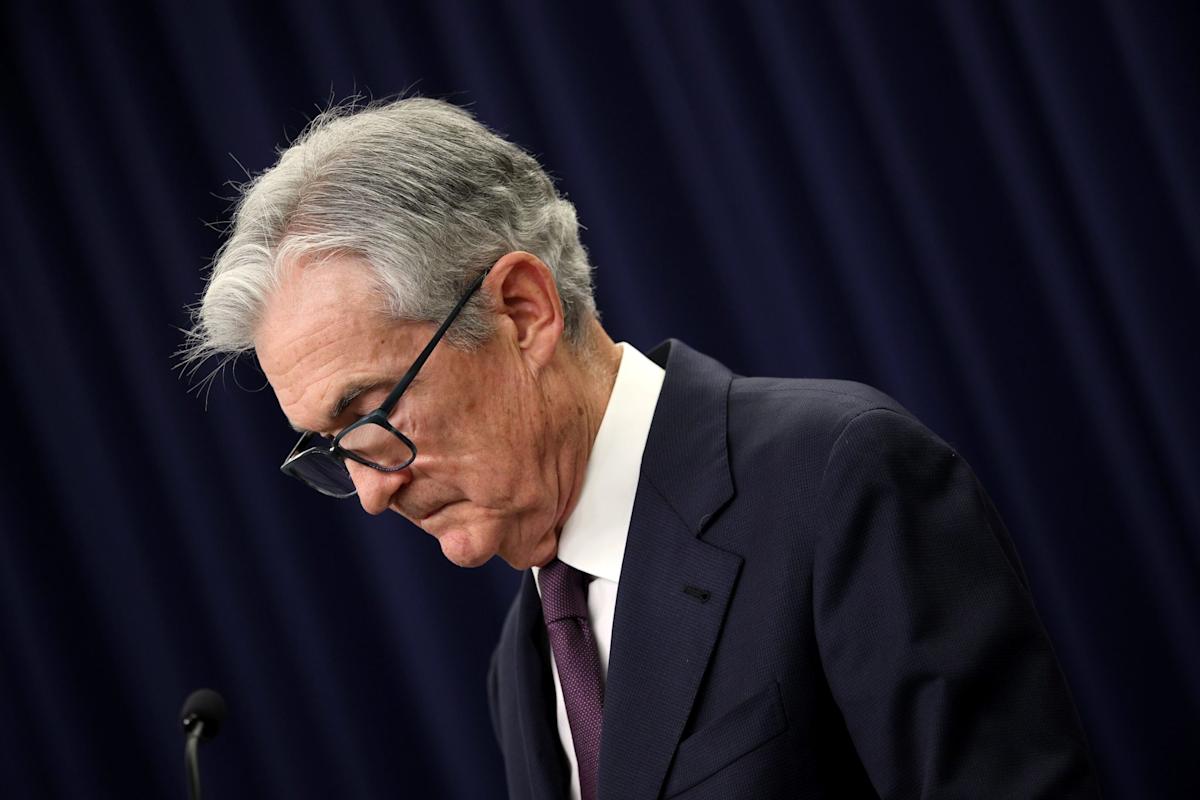The Fed is so divided that the next vote on rates could result in an unprecedented tie, analysts say. ‘Then things would get really messy’
The typically consensus-driven Federal Reserve is looking more and more divided lately, so much so that next month’s rate-setting meeting could produce a deadlock, according to Capital Economics.
After two earlier cuts, recent comments from policymakers have been leaning hawkish as inflation remains stuck above the Fed’s target, dampening hopes for more easing at the Federal Open Market Committee’s Dec. 9-10 meeting.
But New York Fed President John Williams surprised Wall Street on Friday when he said he sees “room for a further adjustment in the near term” to bring benchmark rates closer to neutral.
That boosted odds for rate cut next month above 70% from less than 40% the day before, while also sparking a broad stock market rally. But it also potentially sets up some tricky math on the 12-member FOMC.
In a note on Friday, economists at Capital Economics attempted to count votes. The four regional Fed bank presidents on the committee—Susan Collins, Austan Goolsbee, Alberto Musalem and Jeffrey Schmid—have sounded skeptical or “downright hostile” to the idea of a rate cut next month. Fed governors Michael Barr and Phillip Jefferson have also signaled caution.
On the dovish side, the three Trump-appointed Fed governors—Michelle Bowman, Stephen Miran and Christopher Waller—have been calling for rate cuts, and Williams sounded Friday like he could join them.
“That’s still only four ayes in favor of a cut and six nays against but, to the extent that Williams and Fed Chair Jerome Powell often hold the same view (and Governor Lisa Cook usually votes with Powell), we could have a six-six tie,” Capital Economics said.
“Then things would get really messy since it’s not clear that Powell has a casting vote, so the vote to change policy might simply fail to be carried.”
The Labor Department’s September jobs report released on Thursday after being delayed by the government shutdown is unlikely to tip the scales.
That’s because the mixed data showed payrolls grew by more than expected, but prior months were revised lower with August now showing a decline. The unemployment rate also ticked up to 4.4%, the highest since 2021, from 4.3%.
Separate data on weekly jobless claims still don’t indicate a spike in newly unemployed people, but the steady rise of continuing claims means jobs are difficult to find.
There has never been a tie vote at the Fed, and the FOMC’s rules and procedures don’t discuss such a scenario.



Leave a Comment
Your email address will not be published. Required fields are marked *